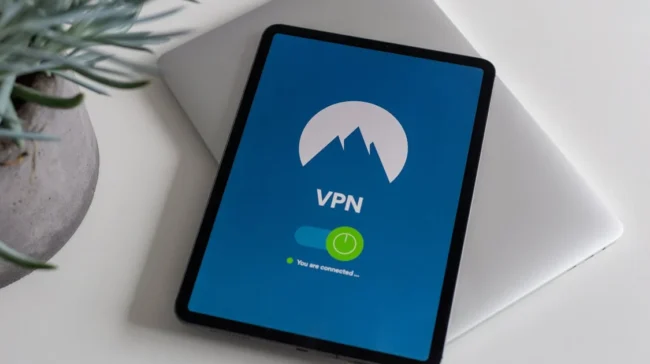
The General Data Protection Regulation (GDPR)is focused to ensure the appropriate personal data governance and management at an organizational level. The forthcoming deadline for the GDPR compliance of 25th May 2018 has resulted in pushing organizations to toughen their data management policies and utilize this data to derive maximum business value. Organizations are searching to hire skilled professionals who can help them to implement the GDPR compliance measures as the countdown has already begun.

You can attain proficiency in GDPR compliance processes with GDPR training and certification courses to establish a mark in your career as a chief protection officer or data protection officer.
Steps to Comply with GDPR
GDPR requires organizations to keep a constant check on the processes of collecting, processing, and saving the personal data of individuals. The GDPR stresses and focuses on greater accountability and transparency at the organizational level. This objective requires GDPR certified professionals to outline new processes and follow a step-by-step process to comply with this hyped regulation.
- Establish A Governance Framework: This step calls for analyzing and managing GDPR risks and benefits. It is vital to gain management support by assigning a director with accountability and authority for GDPR compliance. This area also involves incorporating and aligning internal data policies under the rules established in the GDPR for better compliance.
- Appoint a DPO: The next step is to appoint DPOs, or project managers, to execute the compliance project for the organization. Considering the factors defining the scope of the compliance project, including territories, business units, and jurisdictions, you need to identify the management standards and provide a sound framework. This phase also includes assessing the principle of data protection by design and default as laid out in the GDPR to embed it into the internal systems.
- Conduct Data Flow Audit: The compliance manager assesses the data categories on a lawful basis and maps the data flows into, from, and within the organization. This helps in identifying risks pertaining to data processing activities and helps the successful movement into the next phase of GDPR compliance.
- Conduct Gap Analysis: This requires compliance managers to audit the current compliance status against the requirements of the GDPR to identify the gaps that require immediate remediation.
- Develop Policies and Procedures: This step essentially deals with documentation after gap analysis. Managers are expected to frame the data protection policies inline with the GDPR. They are entrusted with the responsibility of ensuring consent quality, updating contracts with customers and suppliers, handling data access requests, securing the use of individuals’ personal data, identifying data breaches, and taking remedial actions.
- Communicate the Change: As GDPR compliance requires a drastic change in the working process that needs to be communicated to the staff and stakeholders to ensure smooth transition and effective adaptation of the compliance, communication is a vital part of the GDPR transition.
- Monitor and Audit Compliance: The last step requires you to schedule regular audits of data processing activities and security controls to maintain the GDPR compliance and keep it up to date.
Conclusion
NetCom Learning offers you the most-demanded GDPR training courses to make you aware of the GDPR aspects and processes. These courses help you evolve as information Privacy Manager with proficient abilities to ensure effective GDPR compliance.Our certified professional instructors help you gain expertise on the various data privacy procedures that adhere to the GDPR standards to acquire increased career opportunities and advancements.




